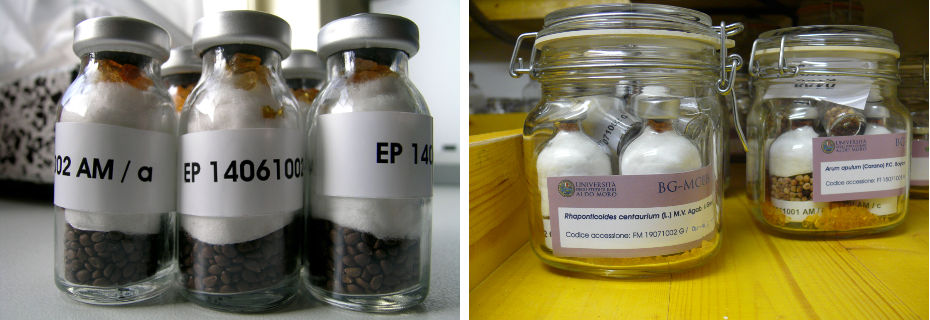
The first Botanical Garden of the city of Bari was instituted in August 1813 following a decree by Gioacchino Murat of 16 February 1810, by which it was established that each provincial capital should have a Society of Agriculture, with an adjoining Orto, for the experimentation and the production of agricultural and ornamental plants. This first Botanical Garden, however, was short-lived as the return of the Bourbons to the throne of Naples that forced the company to abandon the seat and move to makeshift. In 1858, after long disputes, the Municipality of Bari granted a land of 52 moggie near the coast, where it was erected the building of the Economic Society with adjoining Orto. This second attempt to provide the city of Bari a Botanical Garden failed to effect the annexation of the Kingdom of the Two Sicilies to the Kingdom of Italy. The decree of Vittorio Emanuele II on 11 February 1886 marked its final abolition.
The current university Botanical Garden, as opposed to other more illustrious Italian Botanic Gardens, has recently established having seen the light only in 1955, for the tenacious will of Prof. Eleonora Francini Corti. After the rising of the Faculty of Science as part of the university campus, a villa with adjoining agricultural land of 5,000 m2, was used to create the Orto. At its birth, it was organized according systematic criteria and plants were arranged in a regular shaped flower beds on two different levels, with a difference in altitude of just two meters. This first nucleus, in 1964, was expanded with the doubling in the land, who thus became one hectare. The new area was organized according ecological and phytogeographical criteria, giving priority to the regional flora. A small area was reserved for medicinal plants, also as a sign of memory and continuity with the Horti simplicium, while a greenhouse to house a number of exotic entities. It was also made a large idrofitario to host Apulian aquatic flora. In 1964, the Botanical Garden has converged Institute Ortobotanico that, in 2000, became an autonomous museum of the University of Bari, with the current name of Museum Botanical Garden.
What to see
Of particular interest is the presence of a collection of native species of the Apulian flora, phytogeographical importance and / or rare and endangered, whose plants were almost exclusively from seeds, so without taking individuals to source populations, in scope of different conservation of plant biodiversity projects conducted in collaboration with protected areas of the region. The collection is mostly concentrated in the Roccaglia that mimics the environment of the rocks, the scrubland and arid apulian pastures.
Among these entities can remember some endemics, many of which closely Puglia, as Aubrieta columnae Guss. subsp. Italic (Boiss.) Mattf., Campanula garganica Ten. subsp. Garganica, Centaurea diomedea Gasp., Centaurea subtilis Bertol., Genista michelii Spach and Iris bicapitata Colas .. Very rich is also the contingent of taxa in the Mediterranean and eastern distribution and south-eastern Europe, for which the Apulian flora is characterized; among other Aurinia leucadea (Guss.) K. Koch subsp. scopulorum (Ginzb.) Plazibat, Campanula versicolor Andrews, Hellenocarum multiflorum (Sm.) H. Wolff., Inula verbascifolia (Willd.) Hausskn. subsp. verbascifolia, Laserpitium siler L. subsp. garganicum (Ten.) Arcang., Linum austriacum L. subsp. tommasinii (Rchb.) Greuter & Burdet, Phlomis fruticosa L. and Salvia fruticosa Mill. Many of the aforementioned entities are included in the Red List of species threatened with extinction.
The collection of aquatic plants in the Regional Plant is exposed according ecological criteria, where you can observe the different species of freshwater environment arranged in accordance with the different bathymetry of the pond. Among the many species Nymphaea alba L., stands with a high risk of extinction in the region.
In another area, the exhibition designed with phytogeographical criteria of apulian spontaneous flora, was rebuilt following ecological criteria realizing a forest of Quercus trojana Webb prevalence (Fragno), species that constitutes the more characteristic woodland of southern-Oriental apulian Murge. In the herbaceous layer it is also possible to observe several examples of the Apulian endemic Arum apulum (Carano) P.C. Boyce, species of special conservation interest as under serious threat of extinction.
Apulian Arum (Arum apulum (Carano) P.C. Boyce).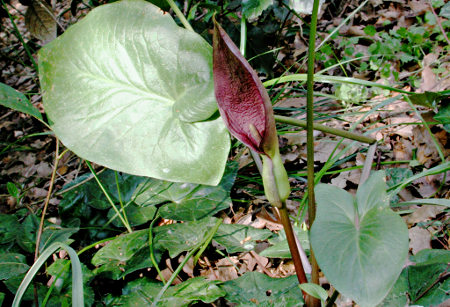
As for the exotic entities, you can also mention a collection of Lithops and allied genera of the family Aizoaceae, succulent plants of South African with striking appearance of smooth pebbles, peculiar form of mimicry, also known as "living stones".
Museum Botanical Garden - University of Bari
Campus Universitario Via Orabona, 4 - 70126 Bari
tel: Direzione +39 080 5442168, Informazioni +39 080 5442152 - fax: +39 080 5442153
The Museum Botanical Garden is a scientific institution of the University of Bari in charge of the study, research, dissemination and preservation of plant biodiversity. The Botanical Garden, the Herbarium (Herbarium Horti Botanical Barensis) and the Germplasm Bank (BG-MOBB) belong to the university Museum.
Postal stamp (2013) dedicated to the Botanical Garden of Bari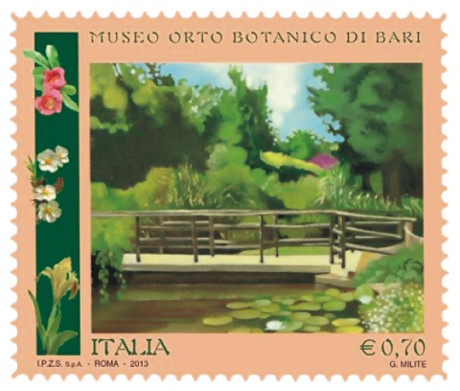
Vista dell'Orto Botanico di Bari
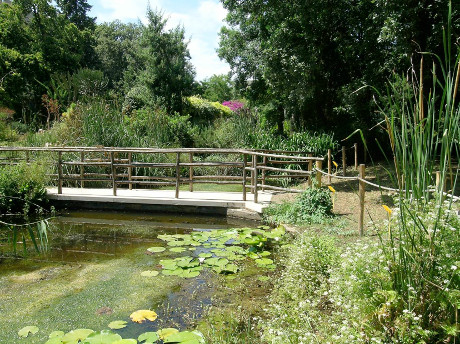
The Herbarium
The Herbarium Horti Botanical Barensis, identified by the number in the Index BI International Herbariorum the New York Botanical Garden, was set up by Professor Eleonora Francini Corti (1904-1984) that was Professor of Botany at the University of Bari from 1939 to 1961. Currently, there are preserved about 37,000 dried specimens (exsiccata), of which a significant part is represented by specimens from the Apulia region, while the rest from domestic or foreign origin samples. Many exhibits are part of collections or parts of them, belonged to famous botanists. Some specimens date back to the nineteenth century.
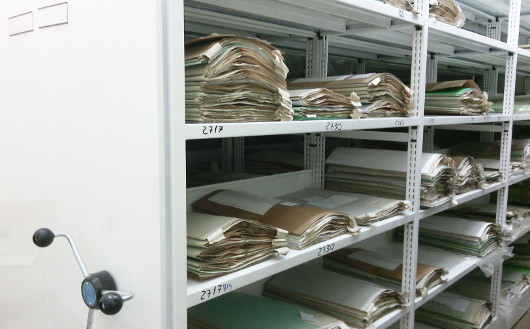
The herbarium is stored in two large rooms with air conditioning (T = 15 ° C, relative humidity = 30%), within modular and compactable cabinets metal that moves with manual handling. There’s also a consultation room. The procedures for cataloging were initiated in order to make available the entire collection also through the Internet. It is an important scientific and educational heritage that assumes, over time, more and more value from the historical-cultural point of view.
The Germplasm Bank
The Germplasm Bank of the Botanical Museum of the University of Bari (BG-MOBB) was established in 2005 and is configured as a seed bank for orthodox seeds, which allows the ex situ conservation at low temperature (- 15 ° C). Its main intention is the ex situ conservation of native species populations of the Apulian spontaneous flora. BG-MOBB, while giving priority to endangered entities in the region, rare, endemic or otherwise phytogeographically important, it is proposed to preserve also the germplasm of local populations of common species to be representative of the diversity of natural environments Puglia, always with a view to its use in the in situ conservation programs.
The Bank has a dehydration room, with chemical absorption dehumidification system and air thermal conditioning (operating parameters: T = 15 ° C and RH = 15%), and a 12 m3 room for storage at long term at low temperature (T = -15 ° C). There are, also, a laboratory and a room for the packaging of batches of seeds with equipment similar to that of dehydration.
